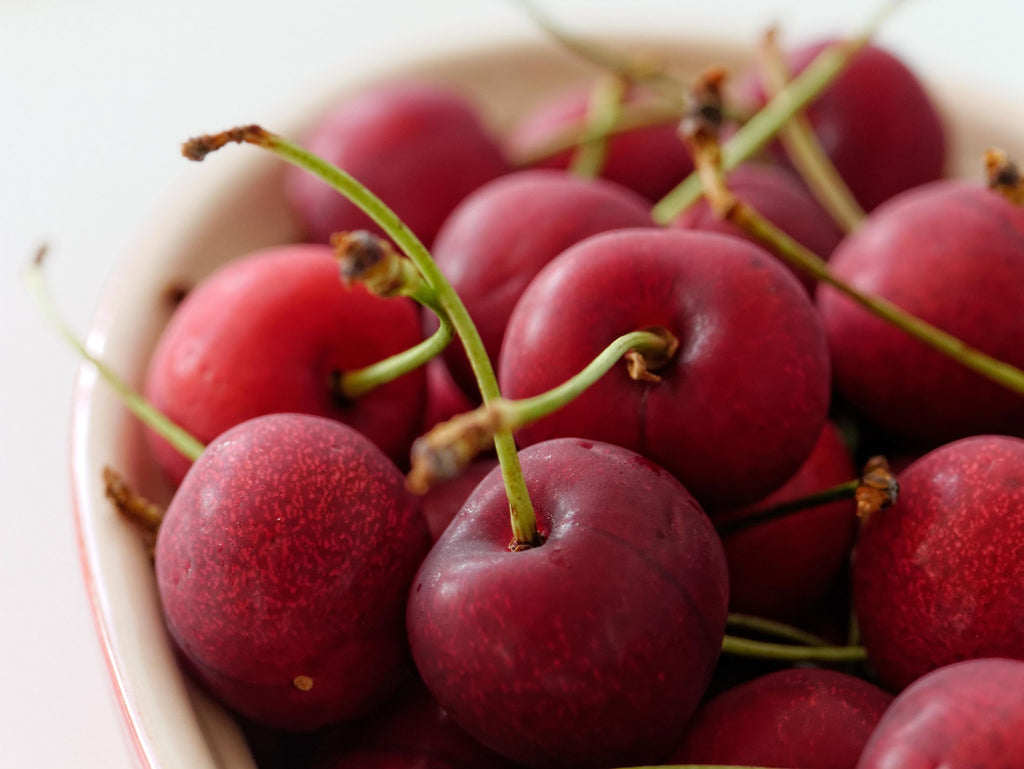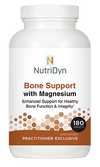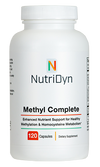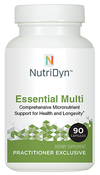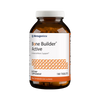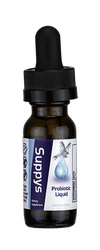Seaweed
- Tidbits
- 26 Jul, 2018
Seaweed
Seaweed articles about health benefits are abundant and I realize I need to incorporate more of these sea vegetables into our diet. It is the source of many minerals such as potassium, sodium, calcium, zinc, manganese, iodine, and iron. Because it may take a while for the body to produce enzymes to digest the seaweed, it is recommended to have a little regularly rather than a lot sporadically. Without digestion, you cannot absorb the minerals. There are many kinds of seaweed that I see popping up in recipes. Nori is the one most of us know because of sushi (see appetizer section for sushi recipe). It even comes in sea salted snack packs. My daughter has started buying the little packages of salted, toasted seaweed and is eating it instead of popcorn and I have found it to be a great afternoon snack.. It is crisp, salty, and you can chew it, making it a satisfying treat. Kombu, particularly high in iodine, is in my pantry but I haven’t tried it yet. It is reported to have a bacon flavor. I see it in a lot of soups possibly because it is known for tenderizing legumes and reducing their gaseous properties. There are hijiki, dulse, wakame, agar and arame as well as others. They each have their special uses in cooking and healing. Seaweed is used in the treatment of everything from cancer to depression. It is a good item to look for the next time you are at a health food store.





